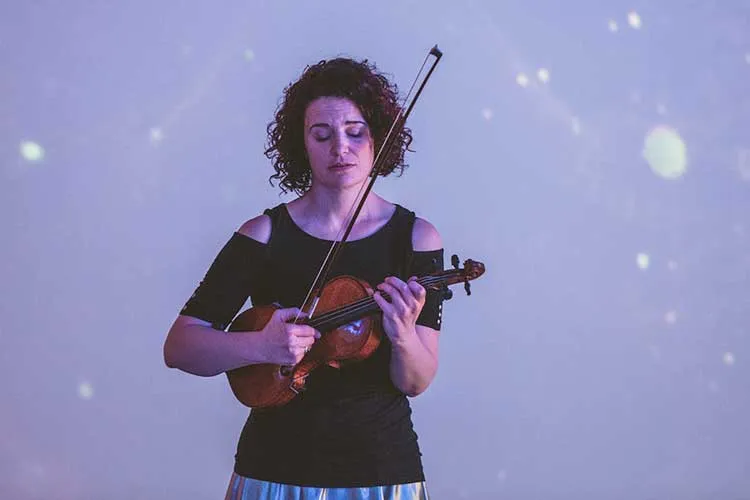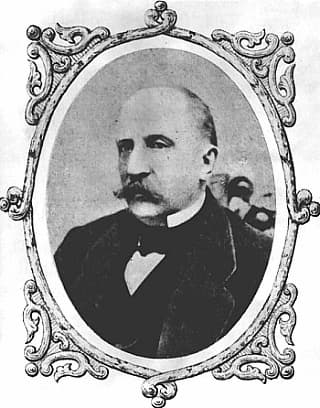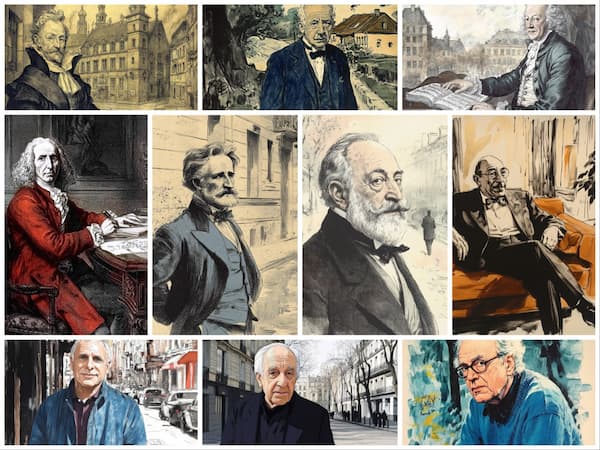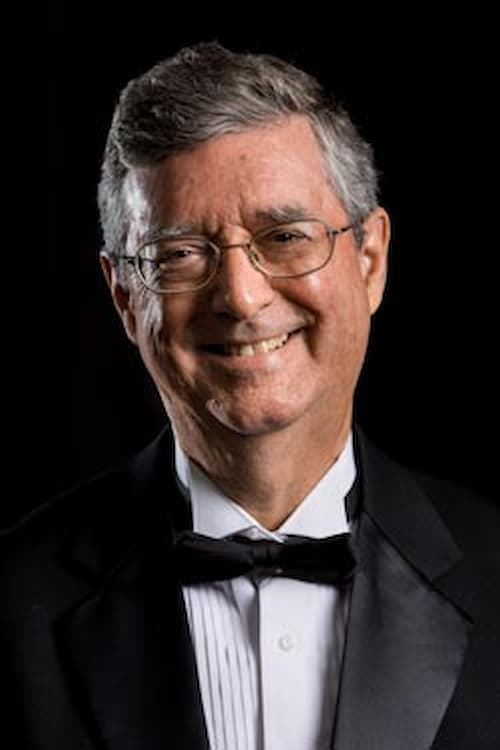Classical, jazz and popular music are some of the most well spread music genres around the world. They are very different, but they often meet. Their places of origin and history differ, too, and each has evolved into a very complex labyrinth of genres, artists and works. Often, musicians specialise in only one of them, and mastering it takes a lifetime. There is a point that music is music; all music is the same, and all music is different. So, let’s have a look at what makes classical, jazz and popular music what they are, what separates them, and what brings them together.
Beethoven – Für Elise | Piano & Orchestra
Classical music is the oldest of the three genres and originates in Europe in different countries, such as France, England, Italy or Germany. It is initially music centred around the Church and first focused on melody and harmony, and initially there was not much inventiveness in usage or rhythms, which stayed pretty homogeneous — until it started looking outside of the world a few centuries after its birth —, i.e. folk influences of Bartok and Stravinsky. It is at the beginning the music which requires the most training in order to successfully compose it or perform it. Today, many music genres have achieved high levels of complexity. Its history is complex and there are many flavours to classical music. Once one starts to dive in, there is no end to it! Alongside with jazz, it is also perhaps the most intellectual one too. And It is also the music genre which seems to struggle the most to adapt to its time and steer away from living in the past. Today, most of the classical music performed in concert houses is from musicians who are not alive anymore.
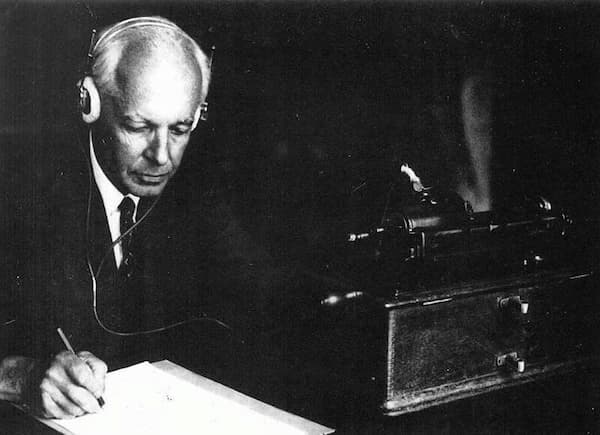
Béla Bartók © contentf5.dailynewshungary.com
Jazz is the real American classical music. And this is in the sense that it has a history that is unique to the continent, has developed mostly on it and is unique in its musical vocabulary, grammar and syntax. It was born from the blues tradition, first in Louisiana, then exporting itself to the North of the country, culminating in the clubs of Chicago, New York and Los Angeles. Jazz initially has an emphasis on rhythm and improvisation; it’s all about dialogue between the musicians. Through bebop, technicality and harmonic explorations started developing. What often puts people off jazz is the mindset of the listener and the musicians. In classical music, the emphasis is on active listening, and in popular music, it is enjoyment and dance; in jazz, it is all about conversation and interactions between the musicians. It is true that at some point, jazz became almost too snobbish and elitist and was not always understood by non-musicians. Today, jazz is hugely diverse, and if it is still very American, a definite European scene has developed — just like the American classical scene did a century ago.
Stevie Wonder – I Just Called To Say I Love You
Popular music is evidently the most… popular of all three genres. It evolved slowly from traditional folk music, and initially, what mattered the most was the story being told. Something people could relate to. If there still are some fantastic songs being written, popular music is a diverse world of its own now. It is based on simple material, familiarity, accessible structures and, most importantly, the capacity to spread easily.

Charlie Parker © udiscovermusic.com
Whether it is folk music or today’s pop, the principle is the same — it must be easy to remember in order for it to be passed on to as many people as possible. In some extreme cases, popular music is all about using the same selection of ingredients — over and over — with, at times, very few variations. One must not feel intrigued by popular music — particularly the most recent one — but rather feel a sense of recognition and belonging. This is not true of all popular music, of course, and there have been some of the finest music written in that genre, and just as with classical and jazz, it is when it meets other worlds that it becomes even more interesting!
Miles Davis – Sketches of Spain (1960)
When Classical and jazz met, it was often called Third Stream, and a lot of this is owed to the work of Miles Davis with Gil Evans — Sketches of Spain being a great example of the concerto form meeting standard-based improvisation. Of course, popular music has always found inspiration in classical music, too — Pachelbel’s Canon, for instance, is a classic structure which has been used for harmonic progressions in pop songs for decades.
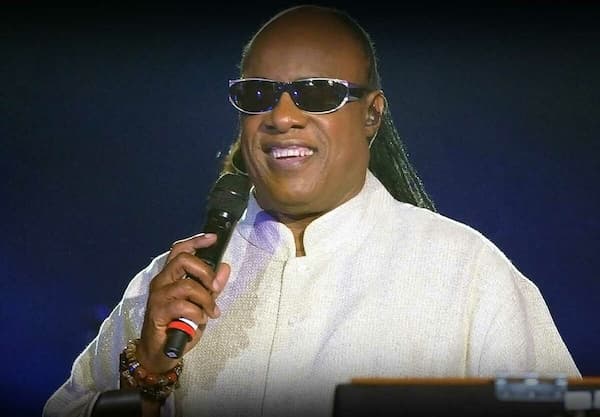
Stevie Wonder © nationaltoday.com
When it comes to jazz influencing popular music, if it is not in the actual improvisational content, it is in the harmonies and melodies which give it such a recognisable flavour — Stevie Wonder and Sting are two great examples of artists who have used the syntax of jazz and have adapted it to popular music.
For more of the best in classical music, sign up for our E-Newsletter

